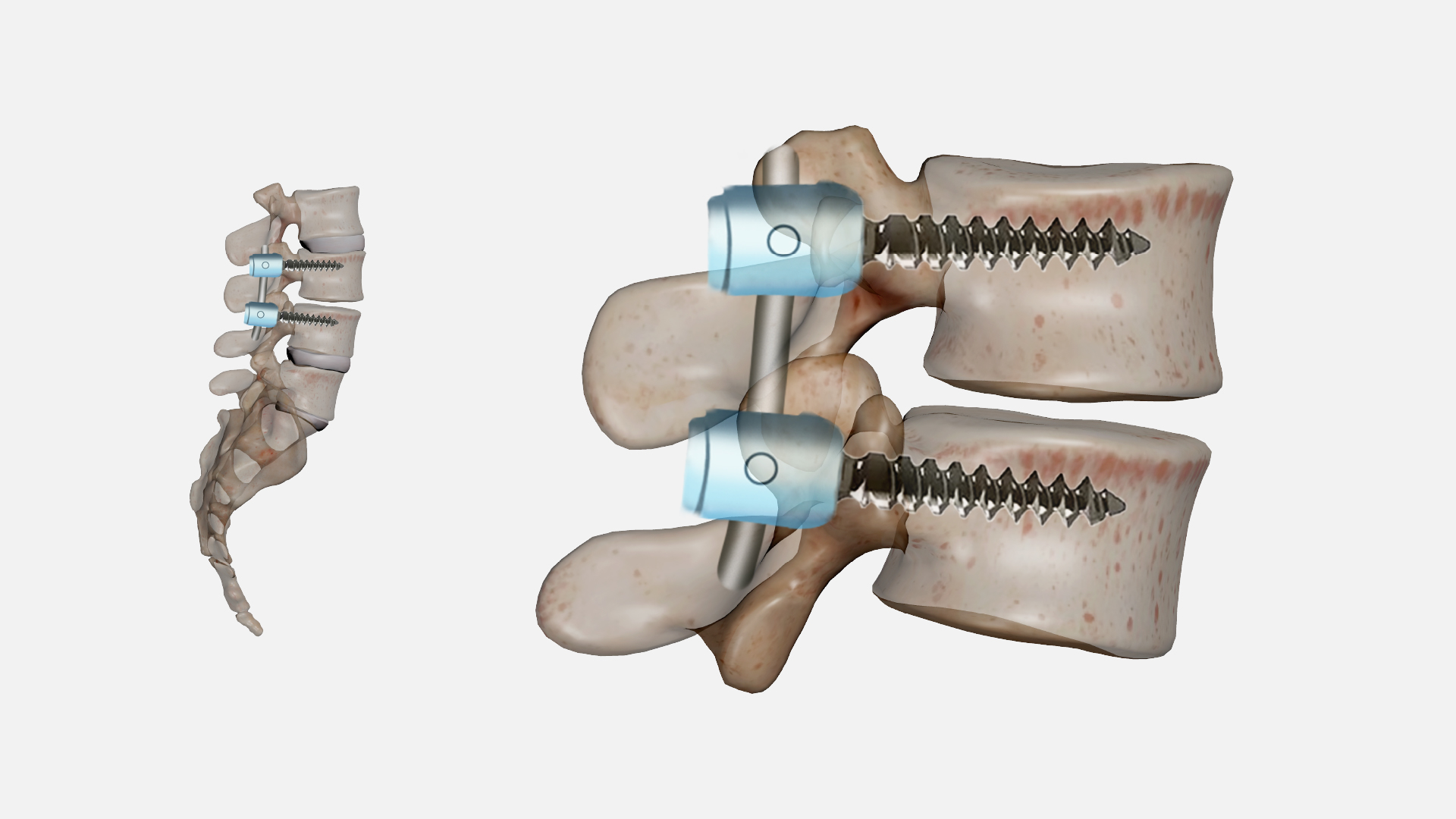
The Evolution of Minimally Invasive Spine Surgery: A Game-Changer in Patient Recovery
The landscape of spine surgery has undergone a remarkable transformation with the advent of minimally invasive techniques. This revolutionary approach has fundamentally changed how we treat various spinal conditions, offering patients shorter recovery times and better outcomes.
The Rise of Minimally Invasive Techniques
Traditional open spine surgery, while effective, often involved lengthy incisions and significant muscle trauma. Today's minimally invasive approaches use specialized instruments and advanced imaging systems to perform the same procedures through incisions as small as 15-20 millimeters. This breakthrough has led to:
- Reduced post-operative pain
- Minimal blood loss during surgery
- Faster return to daily activities
- Lower risk of surgical site infections
- Reduced muscle damage
Key Technological Advances
The success of minimally invasive spine surgery relies heavily on technological innovations. High-definition endoscopes, specialized surgical instruments, and advanced navigation systems allow surgeons to operate with unprecedented precision. Intraoperative imaging systems provide real-time visualization, ensuring accurate placement of hardware and optimal surgical outcomes.
Patient Selection and Outcomes
While not every patient is a candidate for minimally invasive procedures, careful patient selection has shown remarkable success rates. Studies indicate that properly selected patients experience:
- 50% shorter hospital stays compared to traditional surgery
- 70% reduction in post-operative pain medication use
- Earlier return to work, often within 2-4 weeks
- Higher patient satisfaction rates
The future of spine surgery continues to evolve, with robotics and augmented reality systems promising even greater precision and improved outcomes.